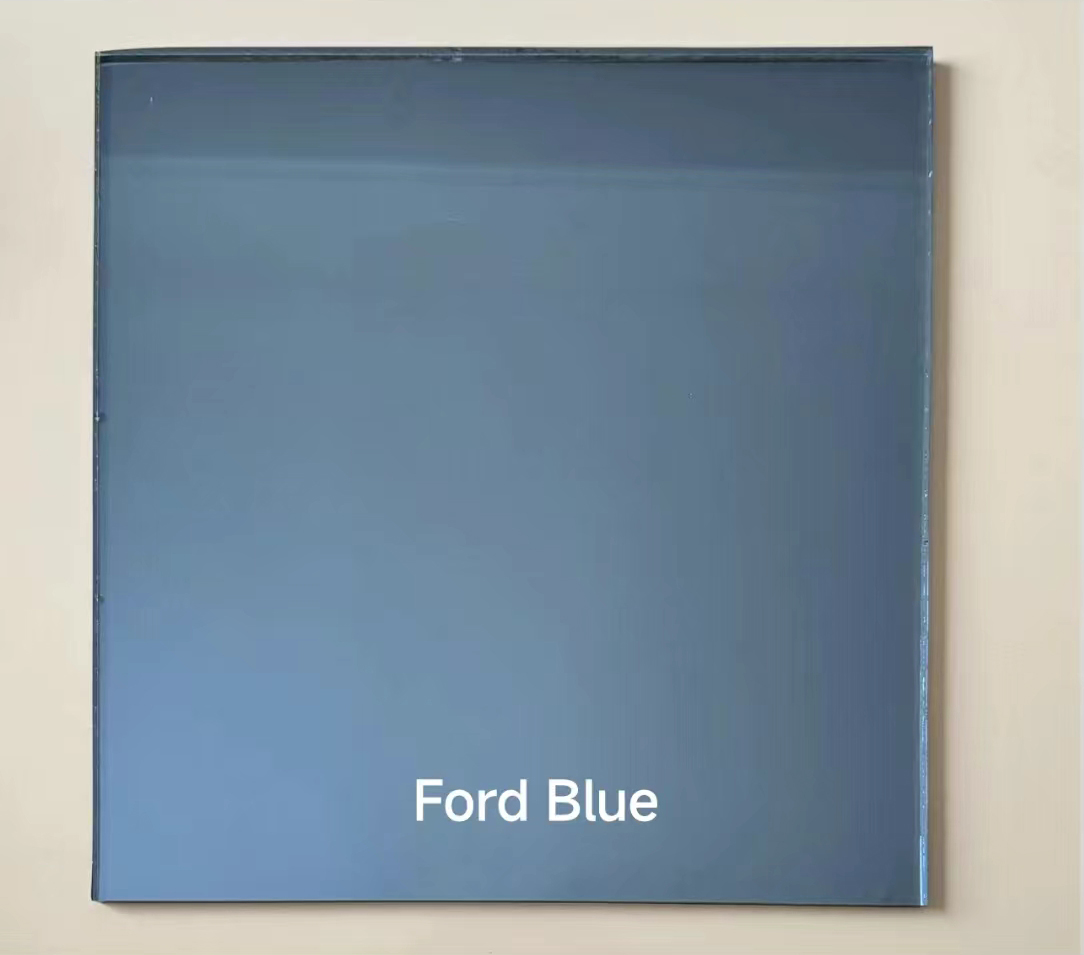

The Cost of Glass Understanding the Economics of a Transparent Material
Glass is one of the most ubiquitous materials in modern life, found in everything from windows to smartphones and even in our drinking glasses. While its transparency and versatility bring numerous benefits, the cost of glass production and its subsequent impact on consumers and the environment is a topic worth exploring.
The Production Process
The cost of glass begins with its production. Glass is primarily made from silica sand, soda ash, and limestone, along with various additives that allow for different glass properties. The mixture is heated in a furnace at high temperatures, typically around 1,700 degrees Celsius (3,092 degrees Fahrenheit), until it melts and can be molded into desired shapes. The energy required for this process is substantial, making up a significant portion of the overall costs. In recent years, fluctuations in energy prices due to geopolitical factors and environmental regulations have impacted the cost of glass substantially.
Labor and Manufacturing Costs
Labor costs also play a crucial role in the final price of glass products. The manufacturing of glass involves skilled laborers who operate complex machinery, maintain safety standards, and ensure quality control. In regions where labor laws mandate higher wages or improved working conditions, production costs can further escalate. Additionally, technological advancements aim to automate parts of the glass-making process, which could mitigate labor costs but require significant initial investment.
Transportation and Distribution

Once produced, glass needs to be transported, which adds another layer to its cost structure. The weight and fragility of glass mean that shipping is often more expensive than transporting other materials. Glass products must be packed carefully to prevent breakage, leading to additional packaging expenses. Companies may opt for local suppliers to minimize transportation costs, but this could limit their access to certain types of glass or increase dependency on local markets.
Environmental Considerations
The production of glass has significant environmental implications, which are increasingly affecting its cost. The process requires substantial energy and emits carbon dioxide, contributing to climate change. Therefore, many companies are seeking to adopt eco-friendly practices such as using recycled glass, which can reduce raw material costs and lower energy consumption. However, the collection and processing of recycled glass can also be labor-intensive and costly, posing a dilemma for manufacturers trying to balance sustainability with profitability.
Consumer Price Impact
The combined effects of production costs, labor, transportation, and environmental considerations inevitably trickle down to consumers. The price of glass products can vary widely depending on their complexity, quality, and design. For instance, everyday items like drinking glasses may cost a few dollars, while specialized architectural glass can run into the hundreds or even thousands. Moreover, consumer demand for innovative glass products, such as smart glass that can change opacity, has led to increased prices due to advanced technologies and materials required.
Conclusion
Understanding the cost of glass involves a synthesis of various factors, including raw materials, labor, transportation, and environmental impacts. As we advance towards a more sustainable future, the cost dynamics of glass are likely to evolve. Companies will need to balance profitability with environmental responsibility, leading to innovations in production and recycling processes. For consumers, heightened awareness of these costs can influence purchasing decisions and encourage more sustainable consumption patterns. Ultimately, glass is not just a transparent material; its cost reflects a complex interplay of economic, environmental, and societal factors. In the rapidly changing world we inhabit, the cost of glass remains an important consideration that extends far beyond its aesthetic appeal.